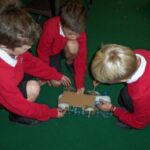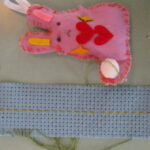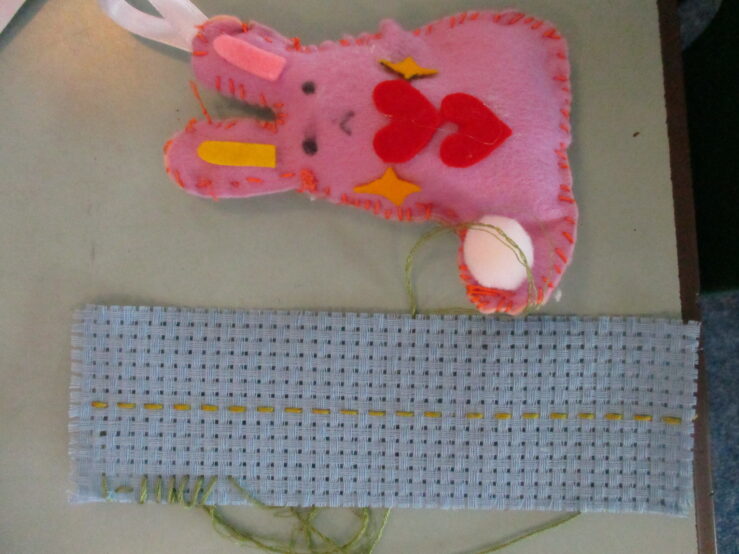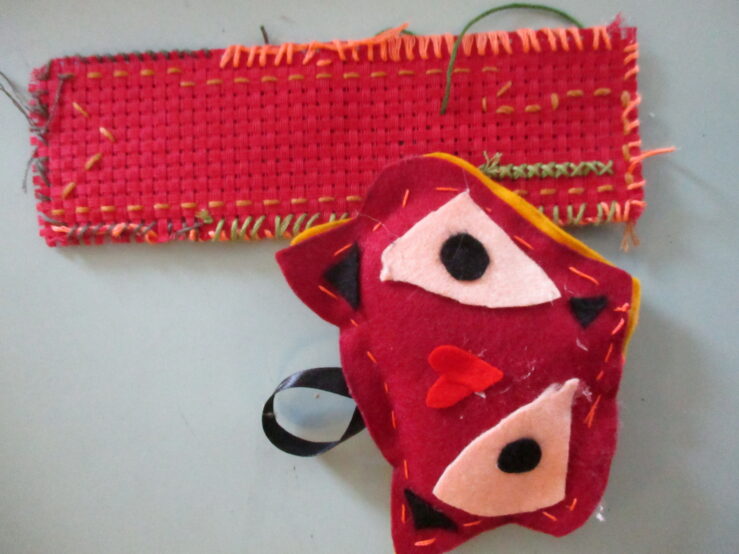Design & Technology
“Design and technology should be the subject where mathematical brainboxes and science whizz kids turn their bright ideas into useful products.”




Our Design Technology (DT) curriculum – enriched by Kapow’s comprehensive scheme of work – offers a vibrant and purposeful journey from Early Years through to Year 6. Rooted in the UK National Curriculum, our DT provision nurtures creativity, resilience, and technical understanding through hands-on exploration and real-world problem-solving.
From the outset, children in the Early Years begin to develop essential fine motor skills and spatial awareness through playful, practical experiences. They learn to manipulate materials, experiment with textures, and use simple tools safely laying the foundation for confident design thinking.
Each unit is carefully sequenced to build technical knowledge and practical skills while embedding subject-specific vocabulary. Terms such as prototype, evaluate, aesthetic, functionality, and user are introduced explicitly and revisited regularly, empowering children to articulate their ideas with precision and confidence. Vocabulary is not an add-on – it’s woven into every lesson, discussion, and reflection, ensuring pupils develop a rich language for design.
Cross-curricular links with subjects such as science, maths, and art deepen understanding and contextualise learning. Pupils are encouraged to think critically, collaborate effectively, and reflect on their design choices—skills that extend far beyond the classroom.
By the end of Key Stage 2, our learners are equipped with a robust toolkit of design and technical skills, a strong grasp of DT vocabulary, and the confidence to innovate and problem-solve. They leave us as thoughtful creators, ready to thrive in secondary education and beyond.
EYFS
In the Early Years, our Design Technology curriculum, enhanced by Kapow, is designed to spark creativity and develop essential problem-solving skills. Through engaging, hands-on activities, children explore basic design concepts and materials, fostering their curiosity and imagination. Kapow’s structured yet flexible resources help young learners build fine motor skills, teamwork, and the ability to articulate their ideas. This foundation in design thinking prepares them for future learning and innovation, ensuring they are confident and capable designers from the start.
Skills
Throughout a child’s primary school journey, the Kapow scheme in Design and Technology will equip them with essential skills such as measuring, cutting, shaping, and joining materials. They will learn to design, plan, prototype, and test their projects, while also developing problem-solving abilities and understanding different materials. The scheme fosters creativity, innovation, teamwork, and communication, building resilience and perseverance as students navigate challenges. These skills prepare them for future learning in DT and the demands of the modern world.




